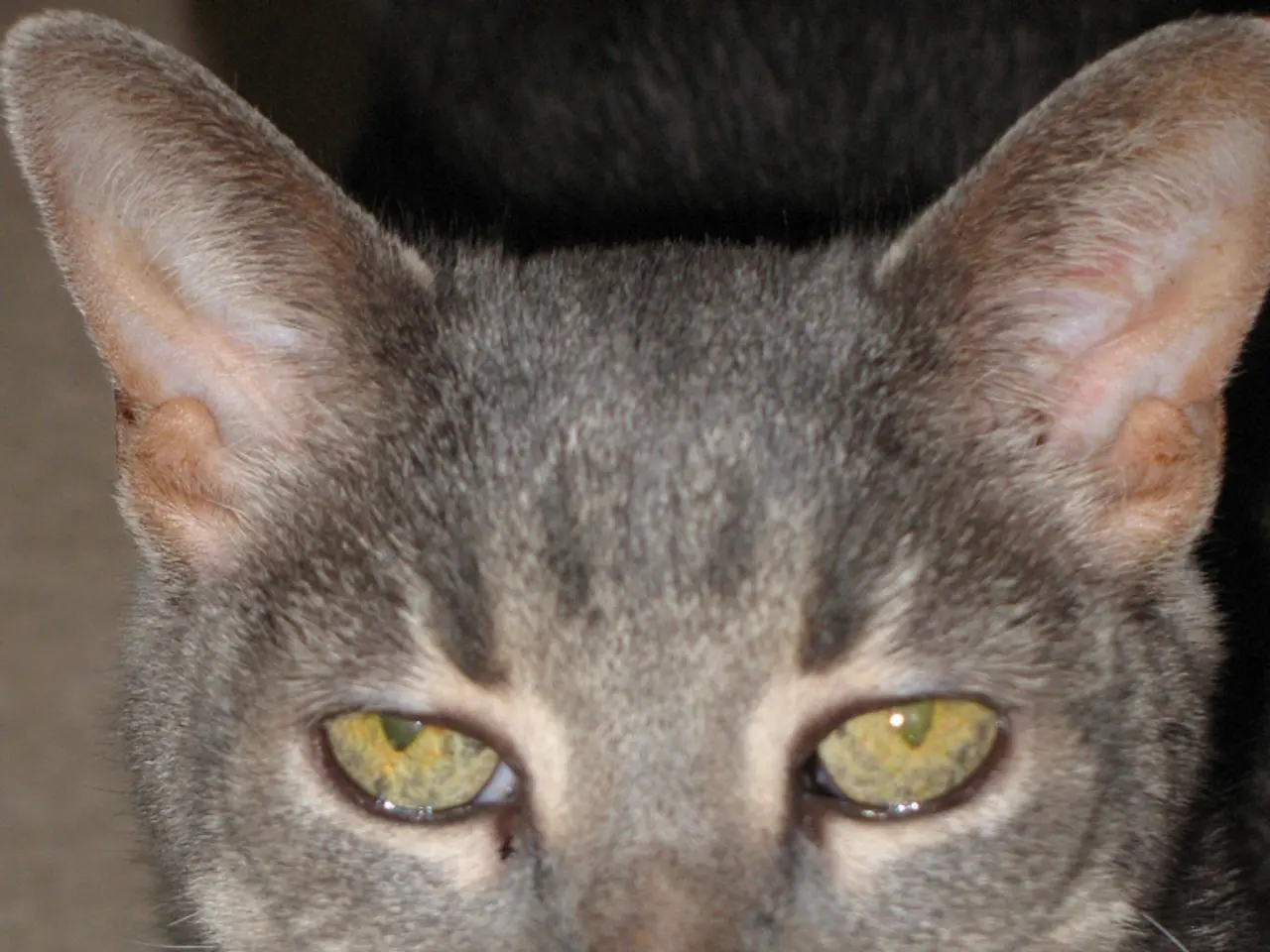Unleash the Mystery of the Gray Cat: Exploring Unique Features, Characteristics, and Nurturing Techniques
Caring for Your Gray Cat: A Comprehensive Guide
Gray cats, with their distinctive coats and unique personalities, make delightful companions. From the affectionate Russian Blue to the calm and easy-going British Shorthair, there's a gray cat breed to suit every cat lover. Here's a guide to help you care for your gray cat.
The Gray Coat
The gray coat in cats is primarily due to the presence of the "dilution" gene. This results in a beautiful dilution of the black pigment, giving rise to the "blue" coloration seen in breeds like the Russian Blue, Chartreux, and British Shorthair.
Care and Grooming
Short-haired breeds like the Russian Blue and British Shorthair require weekly grooming with a soft brush to remove loose fur and keep their coat shiny. Long-haired cats such as the Nebelung need more frequent grooming, at least 2-3 times a week, to prevent matting and keep their fur soft and healthy.
Regularly check and clean your gray cat's ears, especially if you have a breed like the Scottish Fold, and trim their nails every few weeks to prevent scratching and potential injuries. Occasional bathing with a mild cat shampoo can help keep the coat of gray cats clean, especially if they are prone to getting dirty.
Diet and Nutrition
Cats are obligate carnivores and require high-quality protein, with real meat as the first ingredient, in their diet. To maintain a healthy, shiny coat, provide foods containing Omega-3 and Omega-6 fatty acids and ensure they have plenty of fresh water.
Health and Wellness
Vaccinations and preventive treatments for parasites (like fleas and ticks) are crucial for the health of any gray cat. Routine vet visits are essential for identifying potential health issues in gray cat breeds, some of which may be predisposed to certain genetic conditions.
As cats age, they can develop dental issues. Regular dental checkups and, if possible, brushing are beneficial.
Personality Traits
Gray cats, particularly Russian Blues and Chartreux, are known for being relatively quiet and reserved. The British Shorthair, on the other hand, is beloved for its calm and easy-going temperament, plush, dense gray coat, and "teddy bear" appearance.
Breed Highlights
The Russian Blue is a popular gray cat breed, known for its velvety, short blue-gray fur and green eyes. The Chartreux is a rare French breed with a stunning slate-gray coat and copper-colored eyes. The Nebelung is a long-haired relative of the Russian Blue, with a luxurious, silky coat and a personality that is both gentle and playful.
The American Shorthair, while not exclusively gray, is another robust and adaptable breed, known for its easy-going personality. Scottish Folds are recognizable by their folded ears and round faces, and come in a variety of colors, including gray.
By understanding the unique needs and characteristics of your gray cat, you can ensure a happy and healthy relationship for years to come.








